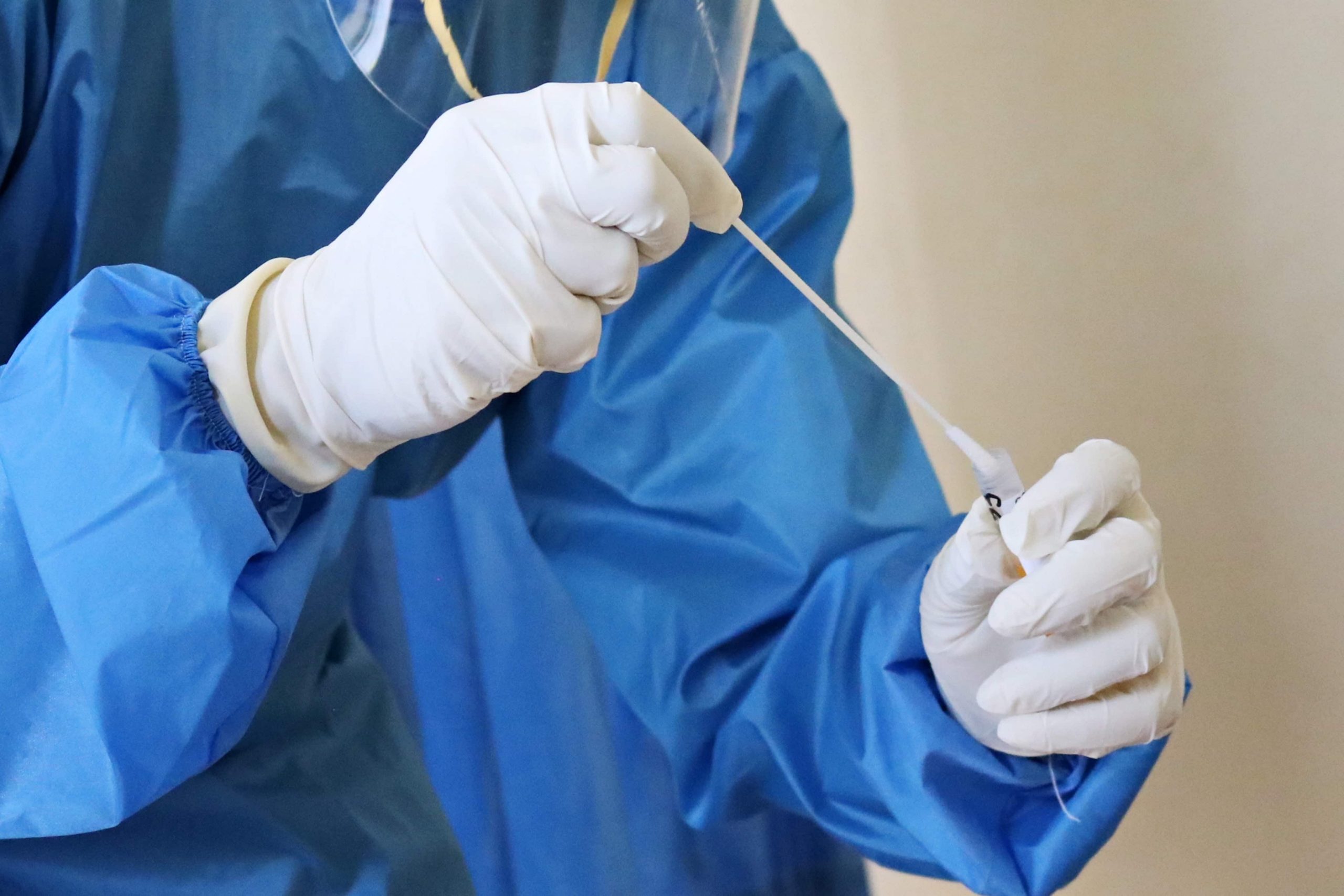Fill Me In
Nasal swab testing used to diagnose COVID-19 can now be administered by robots, thanks to a new self-operated robot developed by the National Cancer Centre (NCCS), Singapore General Hospital (SGH), Duke-NUS Medical School and Biobot Surgical, which specialises in medical robotics technology.
Why is a robot needed?
According to a statement by the team, the robot, or SwabBot, was designed to automate the process of taking a swab test, while also ensuring a safer work environment for healthcare workers by minimising their exposure to the contagious virus.
“Our team felt that we had to find a better way to swab patients to reduce the risk of exposure of COVID-19 to our healthcare workers, especially when patients sneeze or cough during the swabbing process,” said principal investigator Dr Rena Dharmawan, associate consultant of head and neck surgery at NCCS’ Division of Surgery and Surgical Oncology.
In addition, SwabBot would also reduce the need for training people, while standardising the consistency of swab tests taken, which would increase the efficiency of conducting such tests.
How does it work?
Patients are able to activate and terminate SwabBot on their own, without the need for other healthcare workers. Once seated in front of SwabBot, the patient should latch their nostril onto the disposable nosepiece. Activation of SwabBot begins by using their chin to push a button, which will move the nosepiece to open the nostril. A swab then extends, rotates and pushes through towards the back of the nasal cavity to conduct the test.
The total process takes just 20 seconds, half the time needed for a manual swab test.
The procedure is said to be much more comfortable for patients, since the swab test will be fully controlled by the patient. “Even after many swabs, [SwabBot] retains a gentle touch and precision as surgeons who perform delicate surgeries,” said Dr Luke Tay, consultant at SGH’s Department of Vascular Surgery and one of the project’s team members.
Dr Dharmawan also added that “when patients are empowered and fully in control of the swabbing process, they are mentally prepared and experience subjectively less pain.”
Once swabbed, a medical staff member will open the machine to remove the swab test stick. The robot is ready for the next patient after a quick wipe down and replacement of the disposable nosepiece.
Has this been tested?
An ongoing clinical trial has put 85 patients and volunteers from SGH and Bright Vision Hospital to test of SwabBot and manual swabbing. Feedback received has been positive, with all participants saying the procedure with the robot was either equally or less painful than a manual swab.
What’s next for SwabBot?
SingHealth and Biobot Surgical have filed a patent for their technology, with Biobot also working to get the technology CE marked for global commercialisation. The CE mark must be attained for products to be sold in the European market.




























